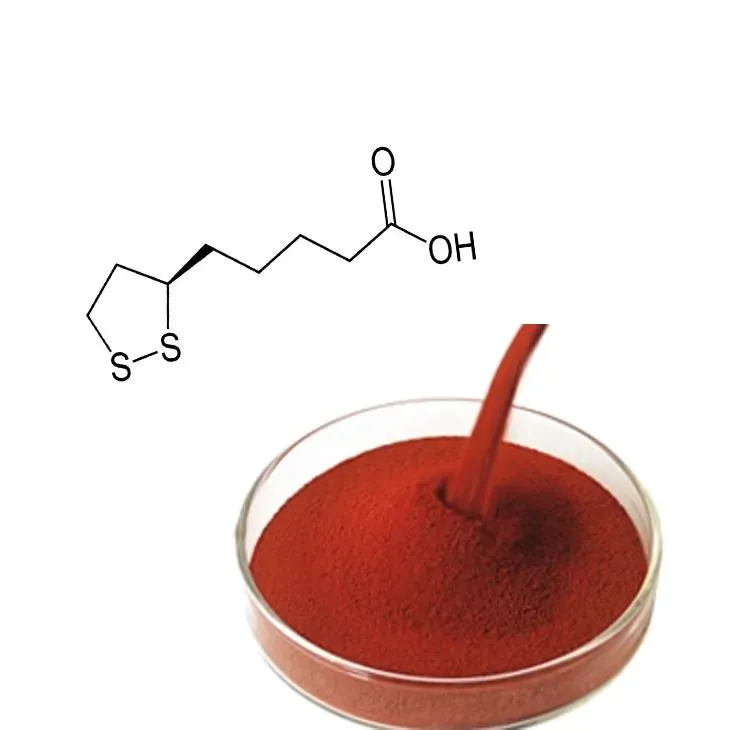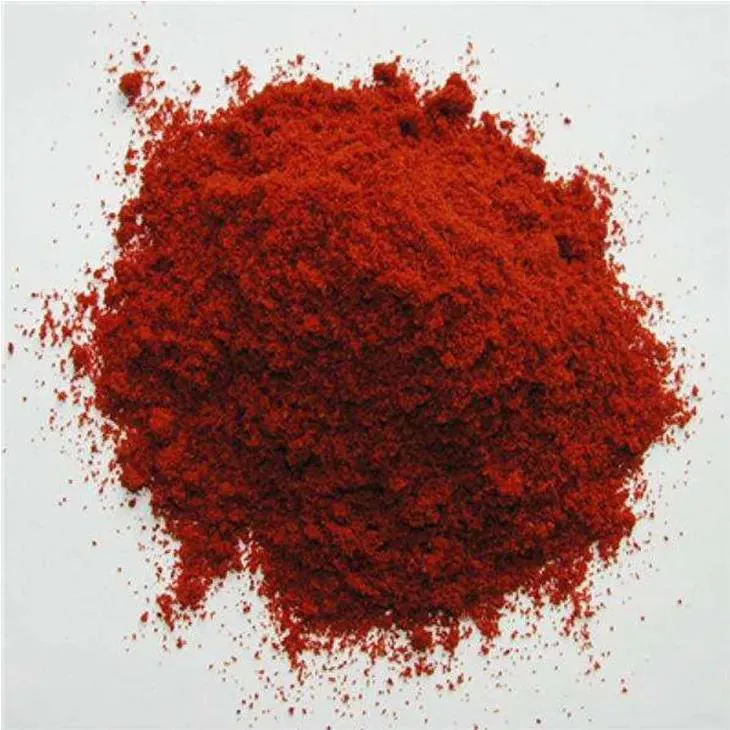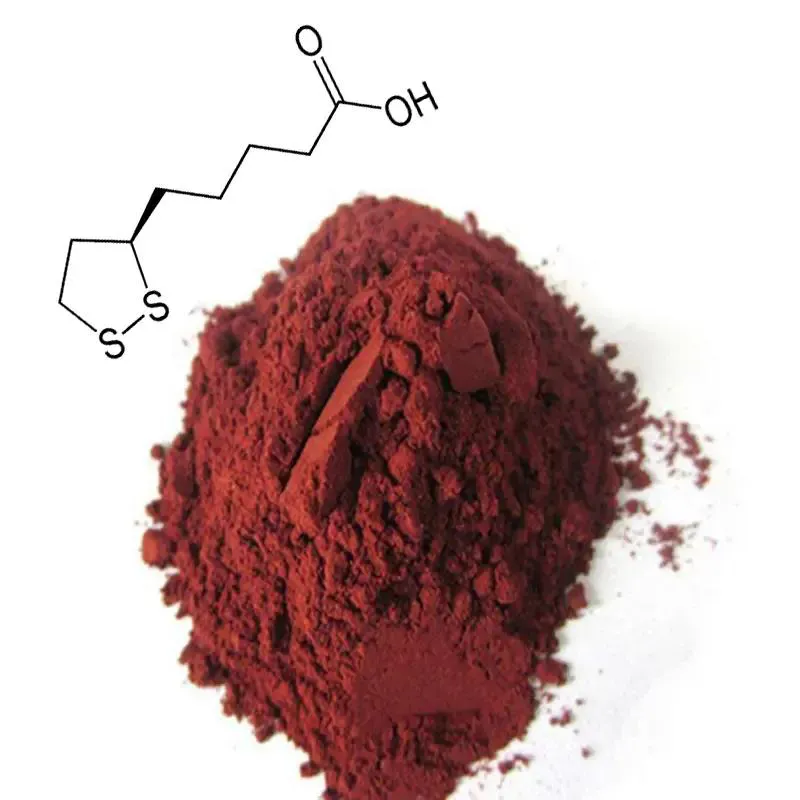- 0086-571-85302990
- sales@greenskybio.com
Astaxanthin: China vs. the United States.
2024-11-29

1. Introduction
Astaxanthin, a powerful antioxidant, has gained significant attention in recent years due to its various health benefits. China and the United States are two major players in the global Astaxanthin market. Understanding the differences and similarities between these two countries in terms of Astaxanthin production, application, and regulation is crucial for both industry players and consumers.

2. Production
2.1 China
China has emerged as a major producer of astaxanthin. One of the key factors contributing to China's large - scale production is its rich natural resources. China has vast areas suitable for cultivating the organisms that produce astaxanthin, such as microalgae and certain crustaceans.
Another advantage of China's astaxanthin production is its cost - effective manufacturing. The country has a well - developed manufacturing infrastructure, which enables it to produce astaxanthin at a relatively low cost. This cost - effectiveness has made Chinese astaxanthin products competitive in the international market.
However, China also faces some challenges in astaxanthin production. For example, ensuring the quality consistency of products can be difficult due to the large - scale production volume. There is also a need to further improve environmental protection measures during the production process.
2.2 United States
The United States focuses on high - tech R & D in astaxanthin production. American companies invest heavily in research to develop new production techniques and improve the quality of astaxanthin. This has led to the production of high - purity and high - quality astaxanthin products.
The US also emphasizes strict quality control. Stringent regulations and quality standards are in place to ensure that astaxanthin products meet the highest safety and efficacy requirements. This has earned the trust of consumers both in the US and abroad.
Nevertheless, the high - tech R & D and strict quality control in the US come at a cost. Astaxanthin products produced in the US are often more expensive compared to those from other countries, which may limit their market share in some price - sensitive markets.

3. Application
3.1 China
In China, astaxanthin is widely used in the food and beverage industry. It is added to various products such as dietary supplements, functional foods, and beverages. Astaxanthin's antioxidant properties make it an ideal ingredient for products that claim to have anti - aging and health - promoting effects.
Astaxanthin is also used in the aquaculture industry in China. It is added to fish feed to enhance the color and health of farmed fish, which can increase their market value.
Moreover, the cosmetics industry in China is increasingly using astaxanthin in skin care products. Astaxanthin is believed to have anti - wrinkle, whitening, and anti - inflammatory properties, which are highly desirable in the beauty market.
3.2 United States
In the United States, astaxanthin is mainly used in the dietary supplement market. Americans are highly health - conscious, and astaxanthin supplements are popular among those who are looking for natural ways to improve their health. These supplements are often marketed for their antioxidant, anti - inflammatory, and eye - health benefits.
The US also has a significant application of astaxanthin in the pharmaceutical research field. Scientists are exploring the potential of astaxanthin in treating various diseases such as cardiovascular diseases, cancer, and neurodegenerative diseases. Although most of these applications are still in the research stage, they show great promise for the future.
Similar to China, the US also uses astaxanthin in the cosmetics industry, but the focus may be more on high - end and natural - ingredient - based products.

4. Regulation
4.1 China
In China, the regulation of astaxanthin is mainly carried out by the China Food and Drug Administration (CFDA). The CFDA has strict regulations on the production, quality control, and marketing of astaxanthin products. For example, producers need to meet certain quality standards and obtain relevant production licenses.
For astaxanthin used in food and beverage products, there are specific regulations regarding its dosage and labeling. This is to ensure the safety and proper use of astaxanthin in food products.
However, as the astaxanthin industry in China is growing rapidly, there is a need for continuous improvement and updating of regulations to keep up with the latest scientific research and industry developments.
4.2 United States
In the United States, astaxanthin is regulated by multiple agencies such as the Food and Drug Administration (FDA) and the Federal Trade Commission (FTC). The FDA regulates the safety and labeling of astaxanthin products, while the FTC oversees advertising claims related to astaxanthin.
The US regulatory system places a high emphasis on scientific evidence. Any claims made about the health benefits of astaxanthin need to be supported by reliable scientific research. This helps to protect consumers from false or exaggerated claims.
However, the complex regulatory environment in the US can sometimes pose challenges for small producers and new entrants in the astaxanthin market, as they need to comply with multiple regulations and requirements.
5. Conclusion
In conclusion, China and the United States have different approaches to astaxanthin production, application, and regulation. China's large - scale production and cost - effectiveness contrast with the US's focus on high - tech R & D and strict quality control. In terms of application, both countries have a significant presence in the food, cosmetics, and health - related industries, although with some differences in emphasis.
Regarding regulation, both countries have systems in place to ensure the safety and proper use of astaxanthin, but they also face challenges in keeping up with the evolving industry. Understanding these differences and similarities can help promote international cooperation, technological exchange, and the development of a more sustainable and healthy astaxanthin market globally.
FAQ:
1. What are the main production methods of astaxanthin in China?
In China, astaxanthin is mainly produced through synthetic methods as well as extraction from natural sources such as microalgae. Synthetic production can achieve large - scale output, and the extraction from microalgae also takes advantage of China's rich natural resources. Some companies in China have also been constantly exploring and improving the fermentation process to produce astaxanthin, which is more cost - effective compared to some other methods.
2. How does the United States ensure the quality control of astaxanthin production?
The United States has a set of strict regulatory and quality control systems. Firstly, in the R & D process, high - tech means are used to accurately analyze and monitor the production process of astaxanthin. Secondly, in the production facilities, strict environmental and production standards are adhered to. For example, in the cultivation of microalgae (if applicable) or other production sources, strict control of temperature, light, and nutrient conditions is carried out to ensure the purity and quality of astaxanthin. Additionally, strict product testing and certification procedures are in place before the product enters the market.
3. What are the major applications of astaxanthin in China?
In China, astaxanthin has a wide range of applications. In the food industry, it is used as a natural food coloring agent in products like seafood and some processed foods. In the cosmetics industry, it is added to various skin care products due to its antioxidant properties, which can help in anti - aging and skin protection. In the health supplement market, astaxanthin is popular as a dietary supplement, believed to have benefits for eye health, cardiovascular health, and immune system enhancement.
4. Are there any differences in the regulatory policies for astaxanthin between China and the United States?
Yes, there are differences. In China, the regulatory policies mainly focus on ensuring product safety, quality, and compliance with relevant national standards for food additives and health products. The approval process for astaxanthin - related products in China includes strict tests on ingredients, production processes, and product labeling. In the United States, the regulatory approach is also centered around safety but may involve different testing protocols and approval procedures depending on whether it is classified as a dietary supplement, food additive, or for other uses. For example, the FDA has specific regulations for dietary supplements that astaxanthin - based products need to follow.
5. Which country has a more competitive advantage in the global astaxanthin market, China or the United States?
Both countries have their own competitive advantages. China's advantage lies in its large - scale production capacity and relatively low - cost manufacturing, which enables it to meet a large part of the global market demand at a competitive price. The United States' strength is in high - tech R & D, which can develop more advanced production techniques and high - quality products. In terms of market competition, it depends on different market segments. For example, in the mass - market segment where cost is a major factor, China may have an edge, while in the high - end market segment that emphasizes quality and innovation, the United States may be more competitive.
Related literature
- Astaxanthin Production and Applications: A Global Perspective"
- "Comparative Study of Nutraceutical Regulations in China and the United States with a Focus on Astaxanthin"
- "The Role of Astaxanthin in the US and Chinese Health Supplement Markets"
- ▶ Hesperidin
- ▶ citrus bioflavonoids
- ▶ plant extract
- ▶ lycopene
- ▶ Diosmin
- ▶ Grape seed extract
- ▶ Sea buckthorn Juice Powder
- ▶ Beetroot powder
- ▶ Hops Extract
- ▶ Artichoke Extract
- ▶ Reishi mushroom extract
- ▶ Astaxanthin
- ▶ Green Tea Extract
- ▶ Curcumin Extract
- ▶ Horse Chestnut Extract
- ▶ Other Problems
- ▶ Boswellia Serrata Extract
- ▶ Resveratrol Extract
- ▶ Marigold Extract
- ▶ Grape Leaf Extract
- ▶ blog3
- ▶ blog4
-
Mulberry Extract Suppliers.
2024-11-29
-
Active components in aguaje extract.
2024-11-29
-
Standard - process cocoa extract.
2024-11-29
-
Organic Saw Palmetto Extract Powder Factory.
2024-11-29
-
Suppliers of Organic Açai Extract Powder.
2024-11-29
-
Extraction process of black pepper extract.
2024-11-29
-
Wholesale L - Tyrosine Suppliers.
2024-11-29
-
The best milk thistle extract in 2024.
2024-11-29
-
Lemon Balm Extract
2024-11-29
-
Quercetin
2024-11-29
-
Lemon Juice Powder
2024-11-29
-
Passionflower Extract
2024-11-29
-
Kupilu Extract
2024-11-29
-
Calendula Extract
2024-11-29
-
Nettle Root Extract
2024-11-29
-
Curcuma Longa Extract
2024-11-29
-
Stevia Extract
2024-11-29
-
Lycopene
2024-11-29





















